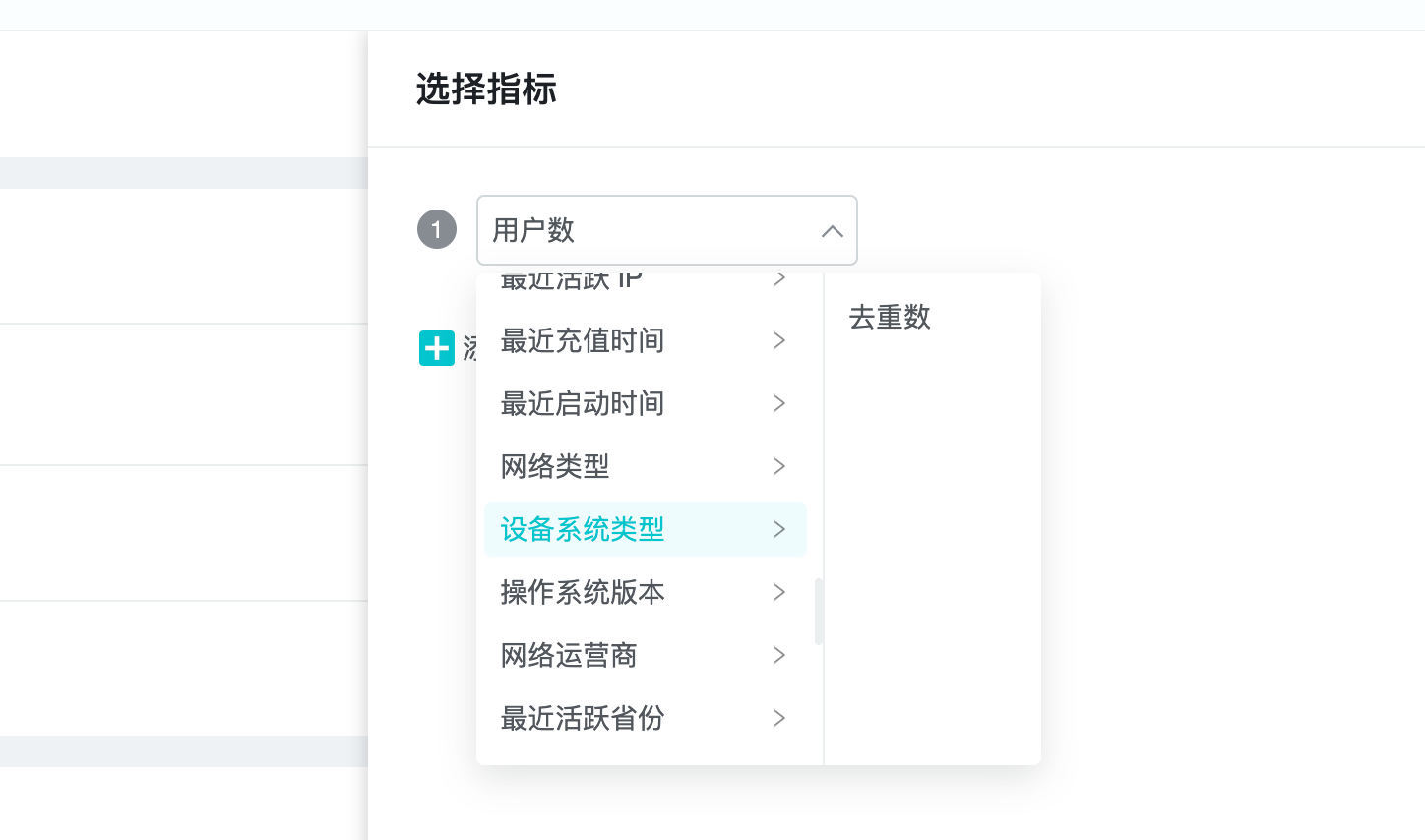Property Analysis
1. What Is Property Analysis
We often encounter the need to analyze the distribution of players by province, the age distribution of players, and so on. With Property analysis, a user profile can be quickly drawn.
Property analysis is a model used to analyze the statistics and distribution of user properties. The model categorizes users according to their properties and allows you to view the statistics of users under different groupings at the same time. Property analysis is used to analyze the model of the statistics and distribution of user properties. The model categorizes users according to their properties and supports viewing user statistics under different groupings.
Property analysis can help developers understand the characteristics of player groups, help developers understand the composition and preferences of players, and provide a basis for refined operations.
2. Use Cases For Property Analysis
Typical user cases of property analysis:
- Analyze the average amount spent by users with different membership levels.
- Analyze the distribution of players in different provinces.
3. How To Do Property Analysis
There are 4 steps in property analysis: setting indicators, setting dimensions, setting display results, and saving reports.
The last three steps are described in detail in Event Analysis, so here we focus on setting indicators.

All types of properties can have "deduplicated number" as the analysis indicator. For numeric types, "Sum", "Mean", "Maximum" and "Minimum" can be used as the analysis indicator.
- Number of users: Number of all users.
- Deduplication: The number of deduplicates for this property among all users.
- Sum: The sum of the attribute among all users.
- Mean: The arithmetic mean of this attribute over all users.
- Maximum: The maximum value of this attribute among all users.
- Minimum: The minimum value of this property among all users.